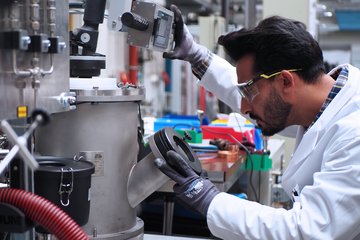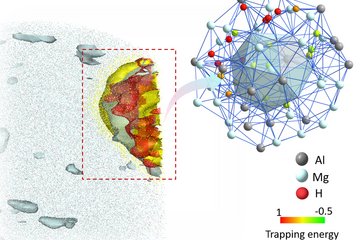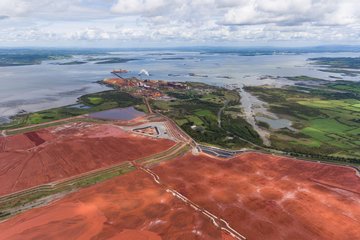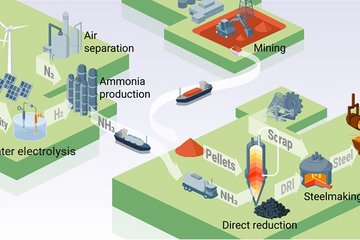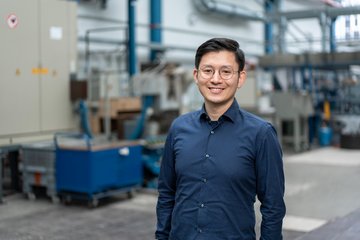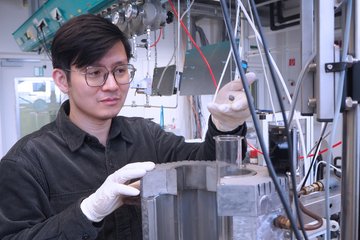Alle Typen
61.
Vortrag
DAMASK – From Crystal Plasticity to Multi-Physics. Seminar of the Centre des Matériaux, Paris, France (2018)
62.
Vortrag
Coupled experimental-computational analysis of plasticity and fracture in aluminum at the grain scale. ECCM-ECFD 2018, Glasgow, UK (2018)
63.
Vortrag
DAMASK – From Crystal Plasticity to Multi-Physics. Seminar Materials Science and Engineering University of California, Los Angeles, CA, USA (2018)
64.
Vortrag
Coupled Experimental-Numerical Analysis of Strain Partitioning in Metallic Microstructures: The Importance of a 3D Neighborhood. Schöntal Symposium on 'Dislocation based Plasticity, Schöntal, Germany (2018)
65.
Vortrag
Including Damage Modelling into Crystal Plasticity Simulations using the Düsseldorf Advanced Material Simulation Kit DAMASK. Symposium Nano and Micro Scale Damage in Metals, Utrecht, The Netherlands (2018)
66.
Vortrag
Simulation Study on Plasticity and Fracture in Aluminium Based on Real Microstructures. TMS 2018 Annual Meeting & Exhibition, Phoenix, AZ, USA (2018)
67.
Vortrag
Simulation Study on Plasticity and Fracture in Aluminium Based on Real Microstructures. International Conference on Plasticity, Damage, and Fracture, San Juan, Puerto Rico, USA (2018)
68.
Vortrag
Integrated experimental and simulation analysis of stress and strain partitioning in dual phase steel. Nanomechanical Testing in Materials Research and Development VI, Dubrovnik, Croatia (2017)
69.
Vortrag
Thermo mechanically coupled simulation of high manganese TRIP/TWIP steel. 27th International Workshop on Computational Materials
Modeling, IWCMM 27
, Leuven, Belgium (2017)
70.
Vortrag
An integrated crystal plasticity and phase field model to simulate twinning behavior in magnesium. Euromat 2017, Thessaloniki, Greece (2017)
71.
Vortrag
Interface damage modeling in an FFT framework. XIV International Conference on Computational Plasticity - COMPLAS 2017, Barcelona, Spain (2017)
72.
Vortrag
ICME study of particle damage behaviour in Fe–TiB2 metal matrix composites. EUROMAT Conference 2017 , Thessaloniki, Greece (2017)
73.
Vortrag
On the importance of using 3D microstructures in Crystal Plasticity Simulations. Symposium: 3D materials characterization at all length scales and its applications to iron and steel, Düsseldorf, Germany (2017)
74.
Vortrag
DAMASK - Düsseldorf Advanced Material Simulation Kit. 7th MaDIS open seminar, National Institute for Materials Science, Tsukuba, Japan (2017)
75.
Vortrag
Modeling of interfacial damage in FFT solvers. 14th U.S. National Congress for Computational Mechanics, Montreal, Canada (2017)
76.
Vortrag
An integrated crystal plasticity-phase field approach to locally predict twin formation in magnesium. DGM Meeting, "Herausforderungen bei der skalenübergreifenden Modellierung von Werkstoffen ", Regensburg, Germany (2017)
77.
Vortrag
Thermo mechanically coupled simulation of high manganese TRIP/TWIP Steel. 5th International Conference on Material Modeling, ICMM 5, Rome, Italy (2017)
78.
Vortrag
Coupling Phase-Field and Crystal-Plasticity Simulations. Plasticity 2017, 23rd International Conference on Plasticity, Damage & Fracture 2017, Puerto Vallarta, Mexico (2017)
79.
Vortrag
ICME study of particle damage behaviour in Fe–TiB2 metal matrix composites. DGM Microstructure Mechanics Seminar, Aachen, Germany (2017)
80.
Vortrag
DAMASK - the Düsseldorf Advanced Material Simulation Kit Engineering of Advanced Materials. "Engineering of Advanced Materials: Numerische Optimierung basierend auf Vorhersagemodellen" Meeting, Erlangen, Germany (2016)
